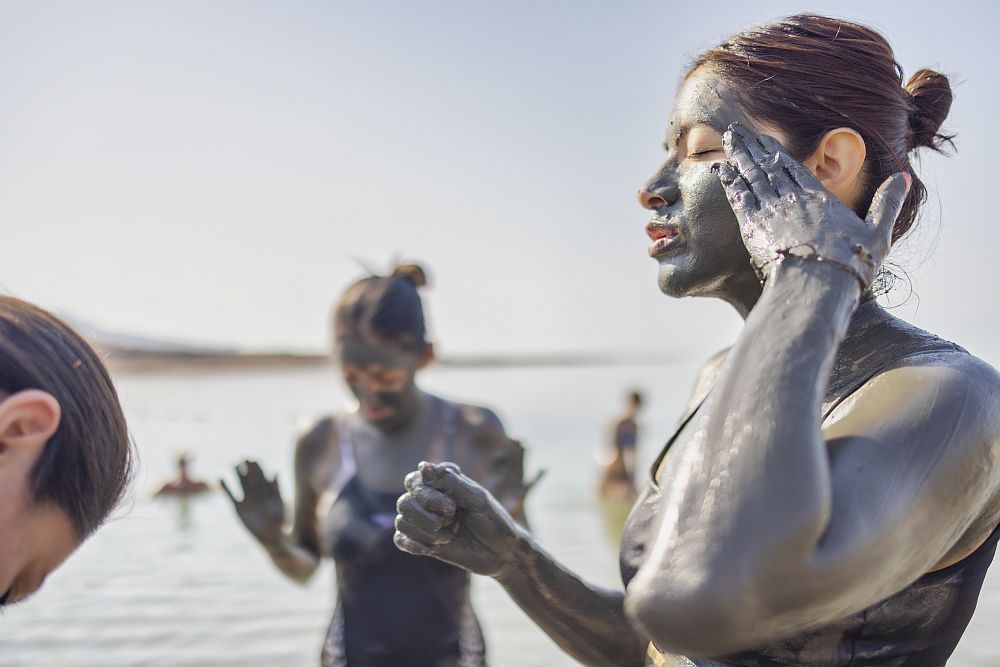[Image above] A tenacious wound healed with Mo-Sci’s DermaFuse bioglass. Credit: Mo-Sci.
Most people think of “health care professionals” as their physicians, nurses, therapists, and other health care staff. However, many of the therapies in doctors’ toolkits come from health care professionals of a different stripe—scientists and engineers who develop biomedical materials and medical devices. Could there be anything more personal than the engineering of biomedical materials?
Materials and devices used in the body function in a harsh, dynamic environment; a small, constrained space; and navigate a steep slope of regulation. That is, the challenges are unique because of the application.
Those who work on biomaterials and medical devices will want to be at the “Innovations in Biomedical Materials: Focus on Ceramics 2014” in Columbus, Ohio, July 30–Aug. 1, 2014. The meeting is structured to encourage discussion between attendees and speakers. There will be four plenary sessions, which will each have two panel discussions afterward.
Meeting organizer Steve Jung says in an email message, “This is a unique way to gain insight from multiple expert panelists and stimulate discussion between potentially opposing points of view,” Jung is chief technology officer of Mo-Sci Corp (Rolla, Mo.).
According to Jung, the conference will cover the entire life cycle of bioceramic materials, from concept through characterization, clinical testing, and application. “This meeting showcases promising materials in the early development stage along with the newest and most innovative commercial products entering the market,” he says. “Speakers from throughout industry and academia will give their perspectives on the status of healthcare in general and highlight areas of significant need for advanced product development. This meeting is also a forum for showcasing new technology and novel uses of existing materials to companies interested in licensing and partnerships.”
The four plenary sessions are Health and the Environment, Clinical Applications, Materials Characterization, and Surgical Trends.
The Health and Environment session will include a panel discussion on new products and technology focusing on recently commercialized products containing bioceramics along with promising technologies that are still in development and are moving toward commercialization. A second panel discussion titled “Regulatory,” looks at the current healthcare regulatory environment and how different ceramic materials are viewed by the FDA and other regulatory groups worldwide.
The Clinical Applications session will focus on the pragmatic issues related to using bioceramic materials and challenges yet to be addressed.
Biomaterials and medical devices are subject to strict testing protocols, including in vitro and animal-based testing. The Materials Characterization session will address testing issues and regulatory group requirements in panel discussions on biomaterials testing and clinical testing.
Finally, the Surgical Trends session will look at the clinical effectiveness of bioceramic and bioglass products already in use. The panel discussion topics—radiotherapeutics and clinical applications—will also provide opportunity to discuss emerging technologies and applications.
To participate as a presenter, submit your abstract by March 26, 2014.
Ted Day, meeting coorganizer and president of Mo-Sci, a manufacturer of bioglass products says, “This unique meeting is truly cross-cutting and brings individuals together ranging from product innovators to clinicians to manufacturers to regulatory advisors.” Day says this is a meeting for all who want to “see what is REALLY going on in the world of ceramic biomaterials!”
Those interested in the topic will also want to look into the ACerS Technical Interest Group, “Bioceramic-based Materials for Medical Devices and Regenerative Medicine.” The group is open to anyone with an interest—whether or not they are ACerS members—and already has 50 participants.
Author
Eileen De Guire
CTT Categories
- Biomaterials & Medical



